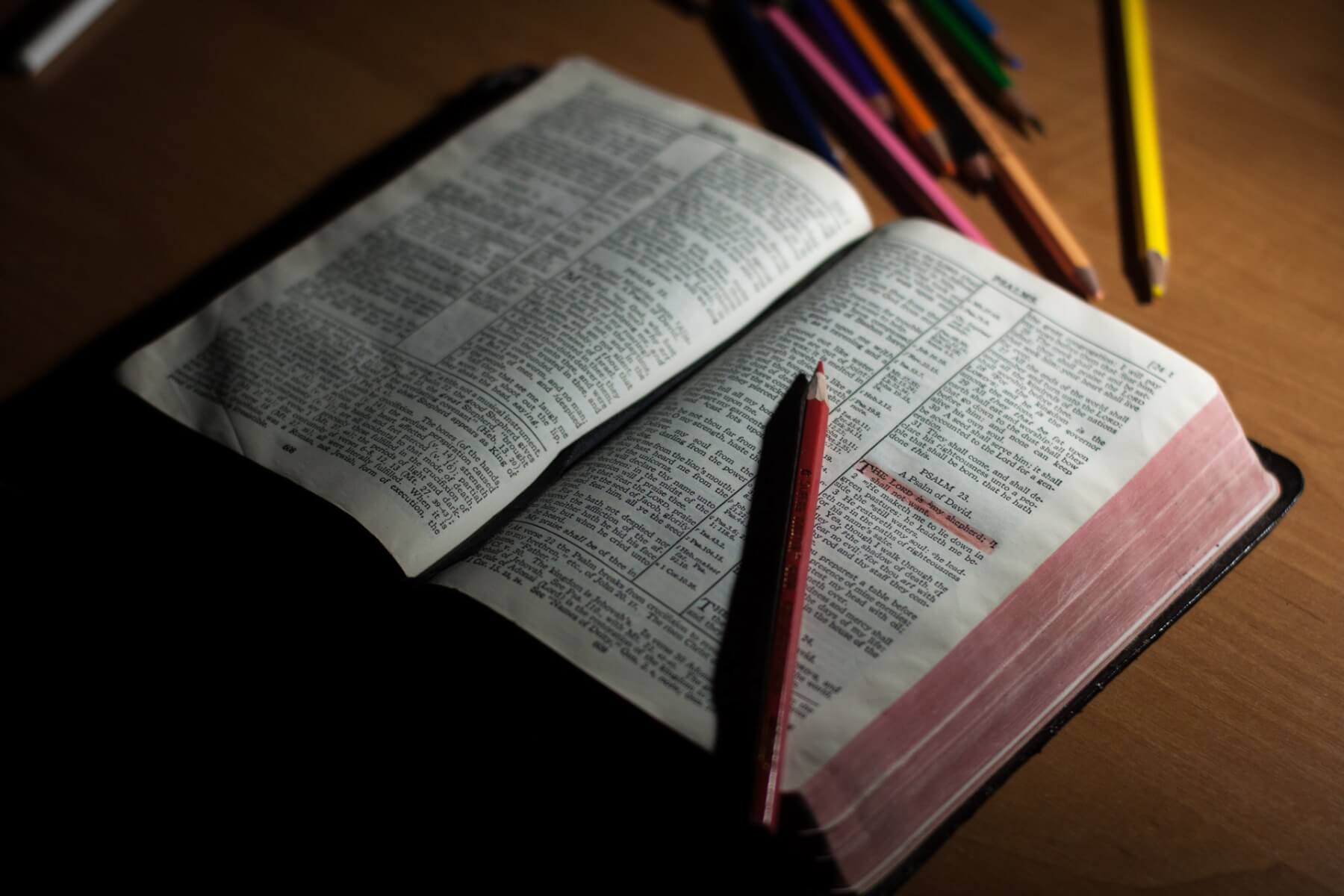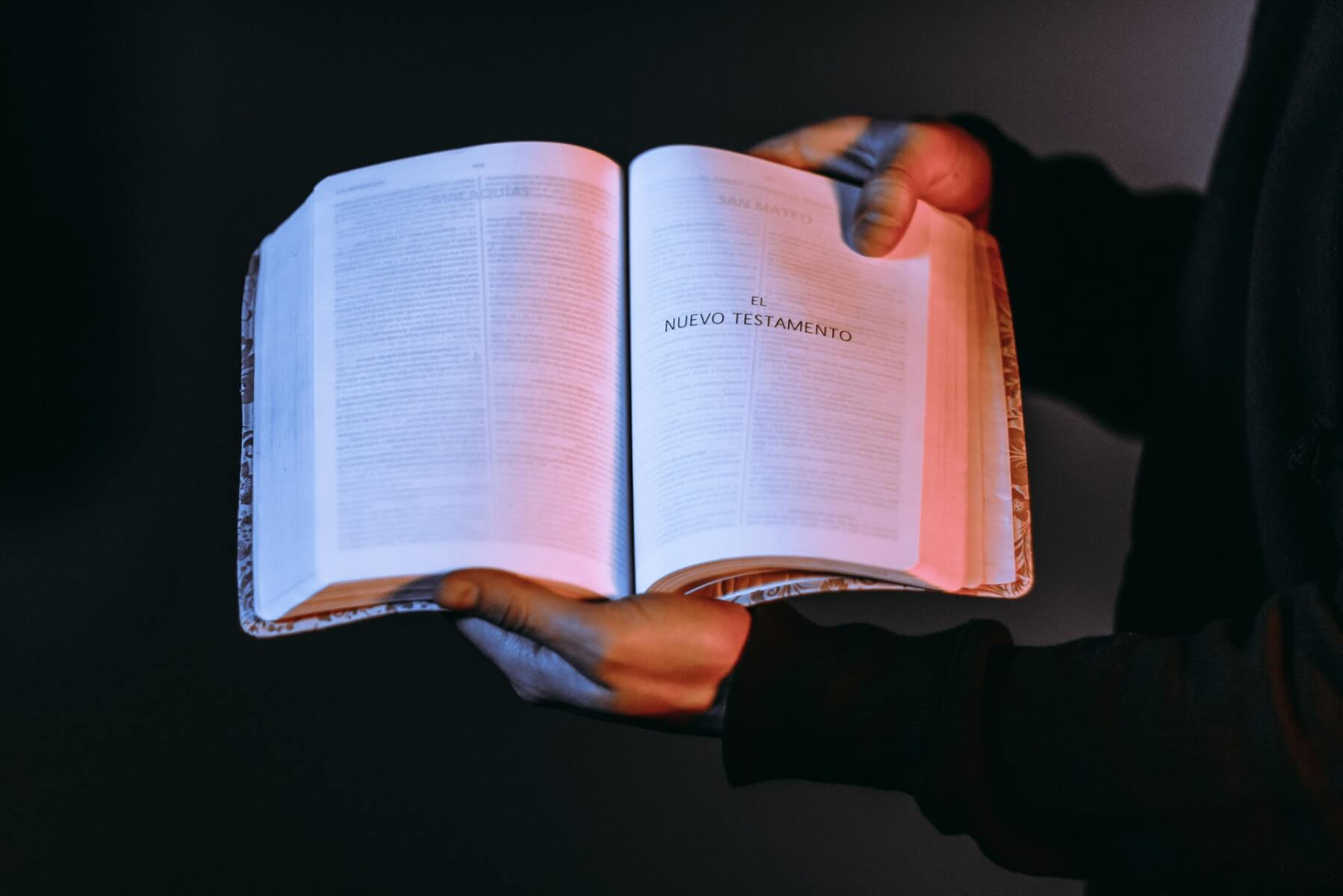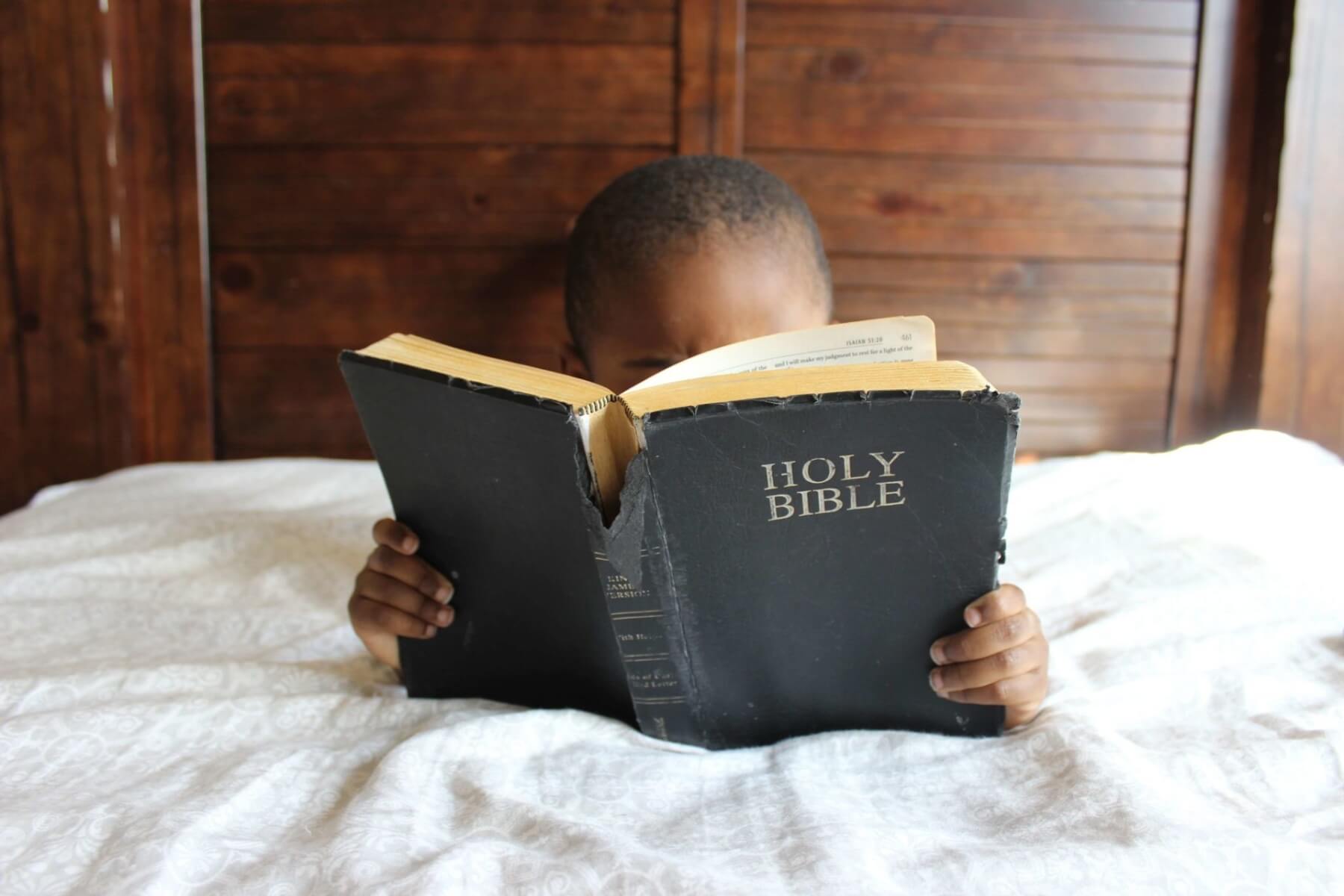The Esther book from the Bible is incredibly intriguing and deeply meaningful. But the question arises, who is the real author? There’s a great deal of discussion regarding this matter. So, let’s explore the essence of the Esther book and its mysterious author.
Who Wrote the Tale of Queen Esther?
The Book of Esther, steeped in regal intrigue and divine providence, stands as an essential part of the Hebrew Bible and Old Testament. Yet, the identity of its author remains shrouded in mystery. This enigmatic figure was likely a Jew intimately familiar with the Persian court’s culture and traditions. The meticulous depiction of court life and precise chronicle of events suggest a narrative constructed by an eyewitness.
Given the author’s unmistakable pro-Jewish perspective, scholars speculate that the writer was a Jew aiming to inspire the remnant that had returned to Judah under Zerubbabel’s leadership. While some attribute the book’s authorship to Mordecai, Queen Esther’s guardian, the text’s high praise of Mordecai suggests the author could be another individual, perhaps one of his younger contemporaries.
The Setting and Timeframe of the Book of Esther
The narrative of Queen Esther (interested to know what Esther might have looked like?) unfolds from 483 BC to 473 BC, during the initial phase of King Xerxes’ reign. In this period, a remnant of Jews who had returned to Judah strived to restore temple worship in line with Moses’ Law. Meanwhile, Esther and Mordecai, among other Jews, seemed content residing in Susa, Persia’s capital city, where the story unfolds. After Esther becomes queen, she moves into the capital.
The book’s composition is believed to have occurred no earlier than 470 BC and probably no later than 424 BC after Xerxes died, within the reign of Xerxes’ son, Artaxerxes.
The Presence of God and Esther’s Literary Excellence
Intriguingly, the Book of Esther is the only biblical book that does not explicitly mention God. Nonetheless, this absence does not imply that the divine presence is missing. On the contrary, the narrative is saturated with seemingly coordinated “coincidences” and circumstances, strongly hinting at a divine hand invisibly guiding the events.
The Book of Esther mirrors the Book of Ruth in its literary excellence. The author skillfully employs the structure of eight feasts to build and resolve suspense, creating a narrative chiasmus, a literary device in Hebrew literature wherein events mirror each other inversely. This deliberate composition would have been immediately noticeable to early listeners, enabling them to anticipate crucial events and comprehend the escalating tension.
A key antagonist of the tale, Haman, hails from Agag, king of the Amalekites, and is an age-old foe of God’s people (Numbers 24:7; 1 Samuel 15:8). Haman’s plot to exterminate the Jews is tied to the casting of the “pur” lot (Esther 3:7–9). This plot serves as the origin of the Feast of Purim, still celebrated by Jews today, as it commemorates their deliverance from Haman’s evil scheme (9:24–32).
It’s Not Clear Who Wrote the Book of Esther
The Book of Esther, a masterful blend of historical detailing and literary brilliance, stands as a testament to a mysterious author’s skill. Despite the uncertain identity of this author, their narrative continues to inspire and engage readers with its message of faith, providence, and courage in the face of adversity.





